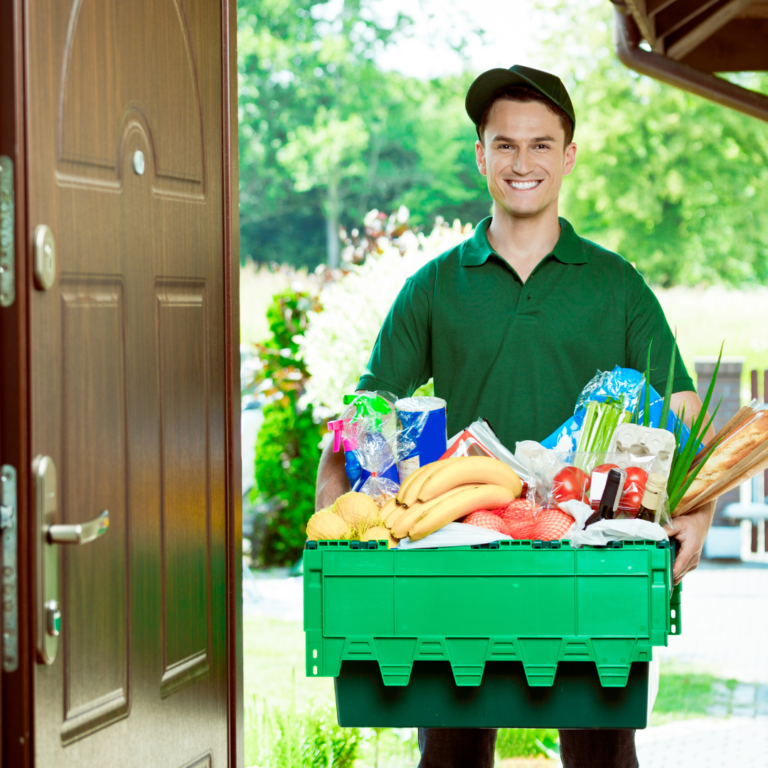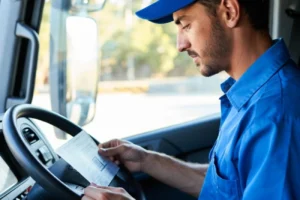It is the third company approved. They can travel longer distances.
The history of delivery, as we know it today, had its birth 200 years ago. With the famous horse-drawn carts, street vendors brought milk, candles, meat, bread, and dried products closer to the houses. From those horses of yesteryear and from those vendors there is a long way to go. By bicycles, motorcycles, utility vehicles and even by rollers and skateboards. Everything has been tried. Now and for the first time, drones will literally fly orders to homes.
Both UPS and uAvionix Corp. were authorized by the Federal Aviation Administration (UPS, on September 6) to operate longer distance drones. These friendly flyers will be able to deliver orders, take pictures and even carry out aerial inspections. Another company awaiting approval is called Zipline International Inc.
A third company is also added to the list of those allowed. “On August 24, the agency authorized Phoenix Air Unmanned to operate SwissDrones SVO 50 V2 Beyond Line of Sight (BVLOS) drones for aerial work, aerial photography, reconnaissance and patrolling, and inspection of power lines and pipelines,” the agency reported.
Thus, the sky is imposed as a new way to escape the traffic and to quickly carry the purchases of the users without so many personnel in charge. In a statement to the press the FAA detailed: “The data collected from these operations will inform the FAA’s ongoing policies and regulatory activities”.

Flying at low altitude can generate some risk of coalition, for this reason the Administration is studying the new rules to regulate this new flow of drones that will be able to go much further than the eye of whoever operates them.
New trend or fad? The history of deliveries will define it over time. A curious detail: the first documented home delivery in the world happened in Italy. The story goes that one night in 1889, King Umberto and Margherita wanted to eat pizza and asked Raffaele Esposito to take them to his palace in Naples.
In the United States, the rise of this service grew in the United States in 1950. With the television boom, restaurants began to notice that diners preferred to stay at home. And that’s why they started taking their delicacies home. They advertised them, of course, on TV.

Women’s safety in the transport sector: urgent priorities
International Day for the Elimination of Violence against Women is observed today, November 25. International Day for the Elimination of Violence against Women is observed

Federal CDL policies linked to thousands of lost trucking jobs
Federal government measures regarding CDLs and English-language proficiency requirements have resulted in the loss of thousands of jobs in the trucking industry. Federal government measures

Thanksgiving 2025: Weather and Road Conditions Across the U.S.
Thanksgiving 2025: What Truckers Need to Know About Weather and Road Conditions Across the U.S.

Comprehensive Guide to the New Federal Rule for Accessing CDL Licenses
The federal government has redefined who can apply for, renew, or retain a Commercial Driver’s License (CDL), introducing new restrictions for migrants and issuing direct

What drivers want: more mileage, more pay
The results of the annual Commercial Carrier Journal survey, conducted in collaboration with Netradyne, “What Drivers Want,” have now been published. The results of the

U.S. Unveils 1st Female Crash-Test Dummy, Sparking Debate: Are Accidents Different for Men and Women?
The new THOR-05F marks a milestone: for the first time, a crash-test dummy accurately reflects the female anatomy. Officials argue that decades of safety testing based on male-bodied models left women more vulnerable to severe injuries. The announcement aligns with the administration’s broader push to reintroduce biological sex classifications in medical and safety policy.
